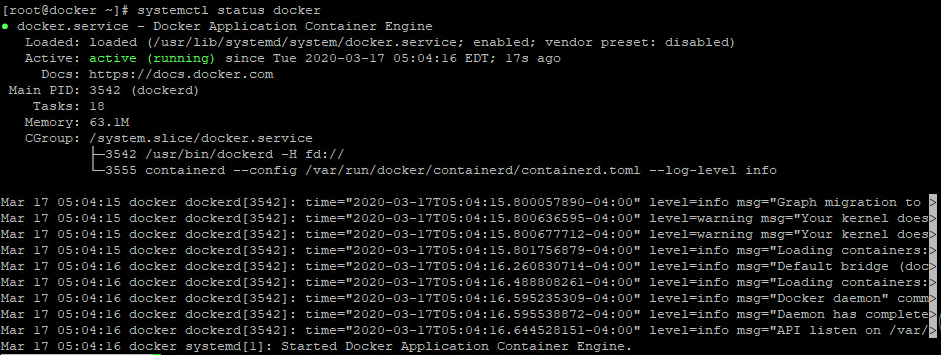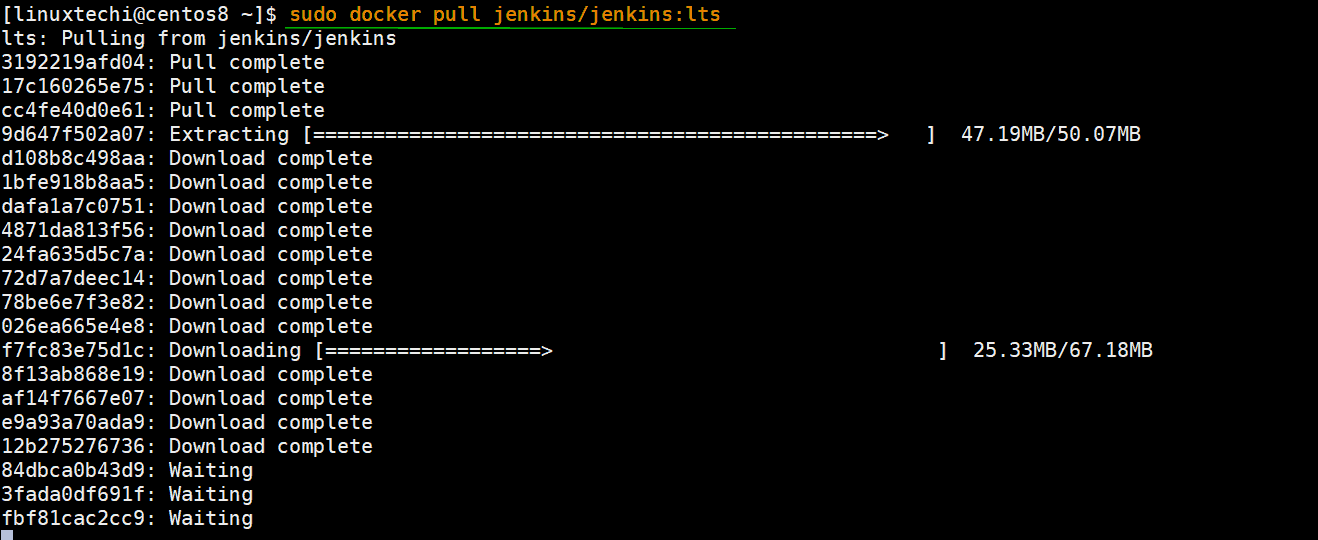Estimated reading time: 3 minutes
The Docker Official Images are acurated set of Docker repositories hosted on Docker Hub. They aredesigned to:
You may need to restart the docker service to get it to detect the change in OS certificates. Docker does have an additional location you can use to trust individual registry server CA. Official Images on Docker Hub. Estimated reading time: 3 minutes. The Docker Official Images are a curated set of Docker repositories hosted on Docker Hub. They are designed to: Provide essential base OS repositories (for example, ubuntu, centos) that serve as the starting point for the majority of users.
Provide essential base OS repositories (for example,ubuntu,centos) that serve as thestarting point for the majority of users.
Provide drop-in solutions for popular programming language runtimes, datastores, and other services, similar to what a Platform as a Service (PAAS)would offer.
Exemplify
Dockerfilebest practicesand provide clear documentation to serve as a reference for otherDockerfileauthors.Ensure that security updates are applied in a timely manner. This isparticularly important as Official Images are some of the mostpopular on Docker Hub.
Docker, Inc. sponsors a dedicated team that is responsible for reviewing andpublishing all content in the Official Images. This team works incollaboration with upstream software maintainers, security experts, and thebroader Docker community.

While it is preferable to have upstream software authors maintaining theircorresponding Official Images, this is not a strict requirement. Creatingand maintaining images for Official Images is a collaborative process. It takesplace openly on GitHub where participation is encouraged. Anyone can providefeedback, contribute code, suggest process changes, or even propose a newOfficial Image.
Note
Docker Official Images are an intellectual property of Docker. Distributing Docker Official Images without a prior agreement can constitute a violation of Docker Terms of Service.

When to use Official Images
If you are new to Docker, we recommend that you use the Official Images in yourprojects. These images have clear documentation, promote best practices,and are designed for the most common use cases. Advanced users canreview the Official Images as part of your Dockerfile learning process.
A common rationale for diverging from Official Images is to optimize forimage size. For instance, many of the programming language stack images containa complete build toolchain to support installation of modules that depend onoptimized code. An advanced user could build a custom image with just thenecessary pre-compiled libraries to save space.
A number of language stacks such aspython andruby have -slim tag variantsdesigned to fill the need for optimization. Even when these “slim” variants areinsufficient, it is still recommended to inherit from an Official Imagebase OS image to leverage the ongoing maintenance work, rather than duplicatingthese efforts.

Submitting Feedback for Official Images
All Official Images contain a User Feedback section in theirdocumentation which covers the details for that specific repository. In mostcases, the GitHub repository which contains the Dockerfiles for an OfficialRepository also has an active issue tracker. General feedback and supportquestions should be directed to #docker-library on Freenode IRC.
Creating an Official Image
From a high level, an Official Image starts out as a proposal in the formof a set of GitHub pull requests. Detailed and objective proposalrequirements are documented in the following GitHub repositories:
The Official Images team, with help from community contributors, formallyreview each proposal and provide feedback to the author. This initial reviewprocess may require a bit of back-and-forth before the proposal is accepted.
There are also subjective considerations during the review process. Thesesubjective concerns boil down to the basic question: “is this image generallyuseful?” For example, the pythonOfficial Image is “generally useful” to the larger Python developercommunity, whereas an obscure text adventure game written in Python last week isnot.
Once a new proposal is accepted, the author is responsible for keepingtheir images up-to-date and responding to user feedback. The OfficialRepositories team becomes responsible for publishing the images anddocumentation on Docker Hub. Updates to the Official Image follow the samepull request process, though with less review. The Official Images teamultimately acts as a gatekeeper for all changes, which helps mitigate the riskof quality and security issues from being introduced.
Docker Pull Centos Linux
Docker, docker, registry, accounts, plans, Dockerfile, Docker Hub, docs, official, image, documentation
